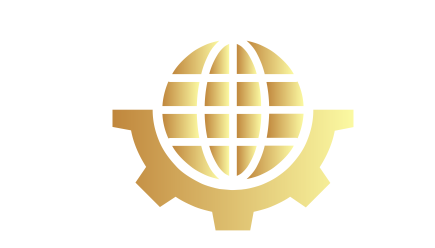Exploration versus Exploitation
Karen Wendt, SFTL President & expert in responsible, impact and sustainable investing
https://swissfintechladies.ch/sftl-authors/
Ambidextry is the ability of a company to strike a balance between optimising and renewing its business model. This makes it a core capability of digital transformation.
Exploration versus exploitation
Innovation is one of the three cornerstones of digital transformation. But companies are usually geared towards optimisation (exploitation). This leaves little time for adventure or exploration. This is a balancing act for many companies
Established companies have one strong hand above all: maintaining existing routines and processes for maximum efficiency is very important to them. This is how many organisations have become large and successful over the last century. However, if you look at the Fortune 500 Index, here’s what you see: Since 2000, 52% of the companies in the Fortune 500 Index have either gone bankrupt, been bought out or ceased to exist. US companies that were in the S&P 500 in 1958 stayed in the index for an average of 61 years (Cap Gemini 2017)…. What does this tell us: markets have become more dynamic, innovation faster. One way to tell is this:
In the 1980s, companies could still exploit their technical expertise economically for about 30 years. Now, according to research by Singularity University, it takes less than five years.
According to a study by McKinsey, only 8% of the managers surveyed believe that their current business model will profitably survive the digital transformation.
This means that we need to adapt our thinking, actions and behaviour at all levels: personally, in the team, in the company, in leadership, in knowledge management and in knowledge transfer.
Ian Golden says in his talk shows at this point:
“Welcome to the slowest day of the rest of your life.”
We all need to reinvent ourselves, we need a new trait to do so : Emotional Agility, our personal ambidextry.
The digital transformation is permanently changing markets, customer behaviour and value creation structures.
How can the balance succeed?
First of all, it is about leadership and leadership culture. Ambidextrous leadership means that leadership creates suitable conditions for organisational ambidextry. Structural ambidextry starts at the organisational level, while at the same time leadership establishes its own teams, internal think-tanks for the development of new business areas. Contextual ambidextry, on the other hand, means starting at the level of the employees, giving them freedom and imparting competences so that renewal takes place throughout the company.
This brings us from the pyramids in the desert to the data pyramids of today. In his book “Future Shock”, Alvin Toffler talks about the “power shift”.
Power belongs to data knowledge, to the wealthy who have enough economic power and also to geopolitical power. This is where the battles for data and knowledge leadership are being fought.
To be part of this, companies need to scale quickly. Elon Musk and his corporate empire are an example of this.
The great advantage of structural ambidexterity is that it can be anchored in the organisation with clear responsibility. Here are two possible approaches:
In a dual organisation, strategic projects are driven by a network of volunteers, while the formal hierarchy continues to take care of operations and optimising the core business. That is, the network of volunteers focuses on exploration, while the formal hierarchy drives exploitation.
The establishment of a digital lab is a suitable approach to systematically drive digital innovation. For disciplines like digital products and business models, you need fresh ideas and high-level digital skills .
Whatever approach you take to structural ambidextry, the Achilles heel of these structural approaches is always that good networking with the core organisation is needed to avoid creating a two-tier society: The creative innovators in one unit, the boring administrators in the rest of the organisation.
Then there is the Spotify model in contextual ambidextry
“People are natural innovators. So just get out of their way and let them try things out.”
Contextual ambidextry starts at the employee level. Every employee is a creative innovator. you give employees time for exploration with the 80/20 rule.
The 80/20 rule, practiced by Google for example, which led to the development of GMail, is an example of implementing contextual ambidextry. Here, employees are invited to use 20% of their time to work on new ideas. Another example is Atlassian’s Shipit days. One idea, one team, 24 hours to deliver something presentable.
Of course, you also need the appropriate skills on board to systematically drive innovation. Then there is the leadership support. So you can additionally rely on hackatons and trainings and give visibility to promising projects.
All companies are sitting on a mountain of insights and good ideas. The great art now is to transfer this creative potential into a structured framework.
Explanation: Fortune Global 500 is an annual list of the 500 companies with the highest turnover in the world, published by Forune magazine.
Presseportal: https://www.presseportal.ch/de/nr/100096065https://swissfintechladies.ch/blog/








No Comments